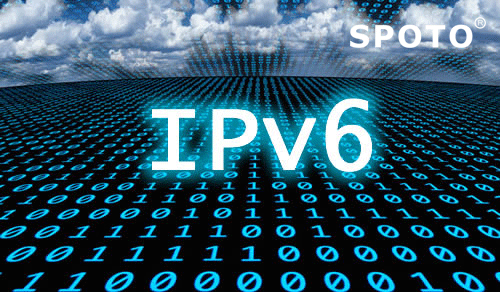We would be a discussion about configuring the HSRP for IPv6 on the Networks in here, but before that, if you are preparing for the Cisco related certification, you should check out the courses, which are being offered on at the SPOTO. It would help you out even more as they have the best study dumps and also a virtual lab, so as to help you out to gain the hands-on practical knowledge which would be quite helpful for you to clear the Lab Exams.
Introduction
HSRP would be used within a group of routers in order to select an active router and a standby router. In a group of router interfaces, the active router would be considered as the router of choice for routing packets; the standby router would be considered as the router that would be taking over when the active router fails or when preset conditions are met. HSRP would be designed to provide only a virtual first hop for IPv6 hosts.
An HSRP IPv6 group would be having a virtual MAC address that would be derived from the HSRP group number and a virtual IPv6 link-local address that would be, by default, derived from the HSRP virtual MAC address. Periodic router advertisements (RAs) would be sent for the HSRP virtual IPv6 link-local address when the HSRP group is considered active. These RAs stop after a final RA is sent when the group would be leaving the active state.
HSRP would be utilized a priority mechanism in order to determine which HSRP configured router is to be the default active router. In order to configure a router as the active router, you would have to assign it a priority that is considered to be higher than the priority of all other HSRP-configured routers. The default priority is 100; therefore, if you could configure just one router in order to have a higher priority, that router would be the default active router. HSRP version 2 would be utilizing the new IP multicast address 224.0.0.102 so as to send hello packets instead of the multicast address of about the 224.0.0.2, which would be utilized by version 1.
Requirements
You would have to ensure that you meet these requirements before you would be attempting this configuration:
• Gain the Knowledge of configuring HSRP; for more information refer to Configuring HSRP.
• Also, gain Basic knowledge of implementing IPv6 addressing and basic connectivity; for more information refer to Implementing IPv6 Addressing and Basic Connectivity.
• Learn how HSRP version 2 must be enabled on an interface before HSRP IPv6 could be configured.
• IPv6 unicast routing should be enabled on the device for HSRP IPv6 to be configured.
Components Used
The configurations that would be mentioned out here would be based on the Cisco 3700 series router on Cisco IOS Software Release software 12.4 (15)T 13.
Configuration:
The routers R1 and R2 should be connected to R3 via a serial interface. The Fast Ethernet interfaces of R1 and R2 should be configured with HSRP IPv6 in such a way that R1 would act as the active router and R2 would be acting as the standby router. In case the serial interface S0/0 of R1 would be going down, the R2 router would be changing its state from Standby to Active.
So, if you wish to gain more detail, you should enroll yourself in the courses offered by the SPOTO, which would be quite helpful for you to learn all the things about configuring the networks which would be necessary to clear the Cisco Lab Exams.

 Join Telegram Study Group ▷
Join Telegram Study Group ▷














